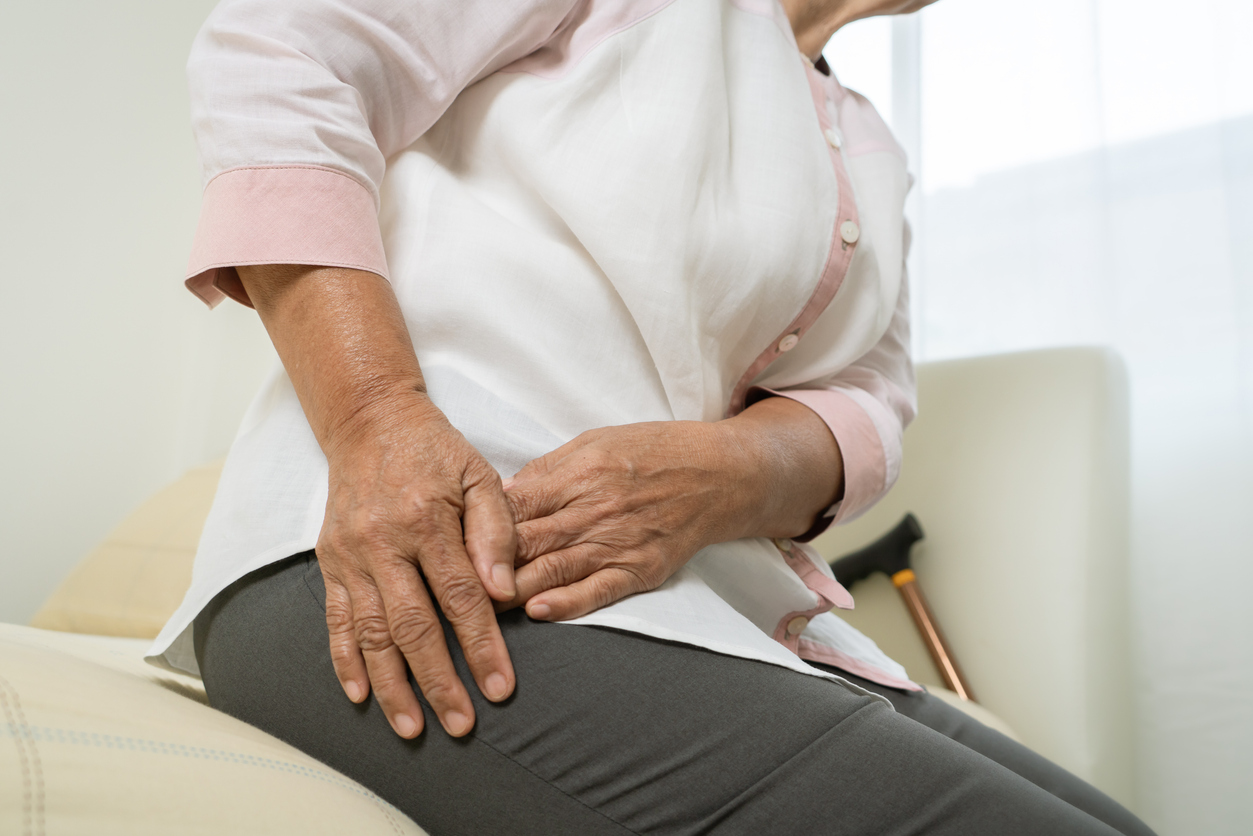Hip Labral Tears
Hip Labral Tears: A Comprehensive Guide to Symptoms, Causes, and Treatments Understanding Hip Labral Tears Hip labral tears are a common yet complex condition affecting the hip joint, often leading to persistent pain and reduced mobility. The labrum, a ring of cartilage that encircles the hip socket, plays a [...]
Femoroacetabular Impingement (FAI): Symptoms and Treatment Options
Femoroacetabular Impingement (FAI): Symptoms and Treatment Options Femoroacetabular impingement (FAI) is a condition where the femoral head (the "ball" of the hip) and acetabulum (the "socket" of the pelvis) come into abnormal contact, leading to damage in the joint. This repetitive friction can cause pain, stiffness, and, if left [...]
Seeking a Second Opinion
When facing complex sports injuries or considering major surgeries like joint replacement or arthroscopic surgery, seeking a second opinion can be crucial. Learn the benefits and steps involved in obtaining a second opinion to ensure the best care for your orthopedic needs. Discover why it matters.
Hip Instability
Hip Instability: Unstable hip joint causes pain, clicking, and possible dislocation. Traumatic or atraumatic, from sports injuries to congenital issues. Diagnose with history, exam, and imaging. Treat with therapy or surgery like hip arthroscopy. Comprehensive care for improved mobility and quality of life.
Greater Trochanteric Pain Syndrome (GTPS)
Greater Trochanteric Pain Syndrome (GTPS): Hip pain at the femur's outer edge due to gluteal tendon degeneration. Common in women aged 40-60, worsened by weight-bearing. Diagnosis via symptoms, physical exam, and imaging. Treat with rest, NSAIDs, therapy, or injections. Surgery if conservative methods fail. Prevention through exercise and weight management.
Piriformis Syndrome
Diagnosing & Treating Piriformis Syndrome: Butt muscle compresses sciatic nerve, causing pain & numbness. Diagnosis via clinical exam & history review; MRI/CT to rule out other issues. Treat with rest, stretching, therapy, meds, or surgery. Prevent with exercise, good posture, avoiding prolonged sitting. Relief is possible with proper care.
Periacetabular Osteotomy (PAO)
PAO (Periacetabular Osteotomy): A surgical fix for hip dysplasia. Misalignment of the acetabulum causes pain and mobility issues. PAO repositions the hip socket, easing pain and delaying arthritis. It's ideal for younger patients, preserving the joint and restoring function. Complex but effective, it offers relief without immediate replacement surgery.
Hip Dysplasia
Hip dysplasia, or developmental dysplasia of the hip (DDH), is a condition where the hip joint doesn't form properly, ranging from shallow sockets to complete dislocation. Symptoms include groin or hip pain, and diagnosis involves medical history and X-rays. Treatments range from non-surgical options like harnesses to surgery, emphasizing early detection for better outcomes.
Hip Osteoarthritis
Manage Hip Osteoarthritis: Non-surgical treatments include weight management, therapy, medications, injections, devices, and heat therapy. Surgical options like arthroscopic debridement or total hip replacement may be needed if non-surgical methods fail. Post-surgery, rehabilitation with therapy and assistive devices aids recovery. Improve quality of life despite this chronic condition.
Hamstring Tendon Tears
Understanding Hamstring Tendon Tears: Grades, Symptoms, and Treatment: Hamstring tendon tears range from mild strains to complete muscle tears, often affecting athletes. Classified into grades based on severity, treatment involves RICE therapy initially followed by gradual exercises. Symptoms include pain, stiffness, and swelling, with prevention strategies emphasizing stretching and warming up. Seeking medical advice is crucial for proper diagnosis and management, particularly for severe or recurring injuries. Learn more about managing hamstring injuries here.
Gluteus Medius and Minimus Tears
Tears in the Gluteus Medius and Minimus Lateral hip discomfort is commonly caused by tears in the gluteus medius and minimus, especially in middle-aged people. These tears may come from a long-term deterioration of the muscle-tendon unit or from an abrupt traumatic event. Clinical assessment, imaging, conservative management, and potentially [...]
Avascular Necrosis of the Hip
Avascular necrosis (AVN) of the hip, also known as osteonecrosis, is a condition characterized by the death of bone tissue due to a lack of blood supply. Although it can damage any bone, hip joints are the most frequently affected. An estimated 20,000 to 30,000 new instances of AVN [...]












